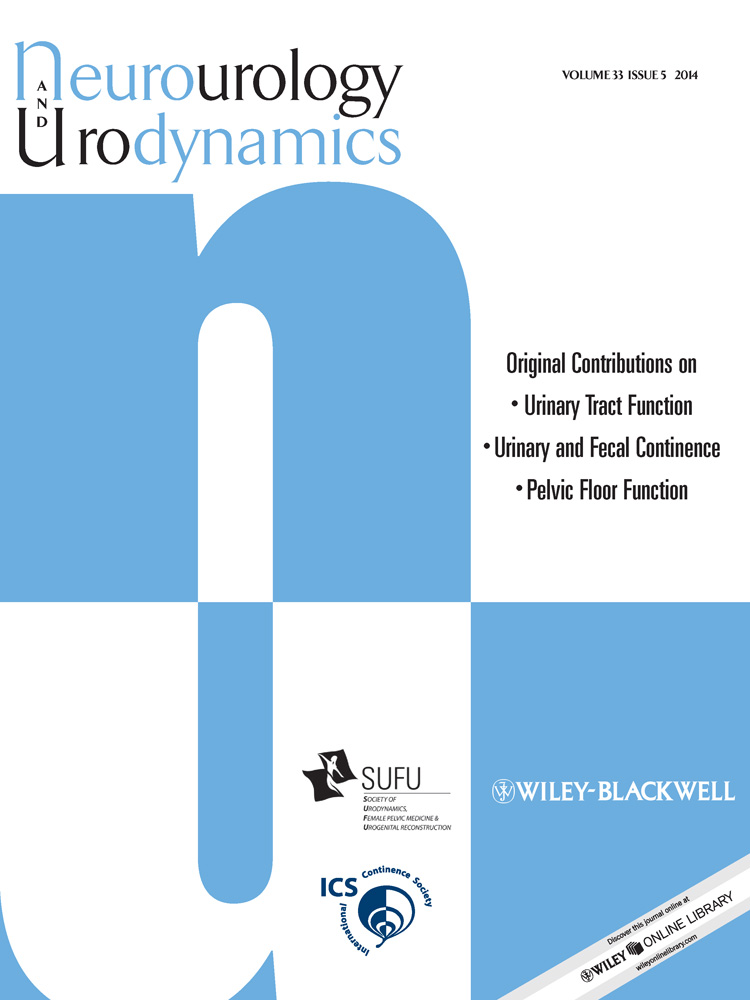Multi-center randomized controlled trial of cognitive treatment, placebo, oxybutynin, bladder training, and pelvic floor training in children with functional urinary incontinence
Abstract
Objective
Functional urinary incontinence causes considerable morbidity in 8.4% of school-age children, mainly girls. To compare oxybutynin, placebo, and bladder training in overactive bladder (OAB), and cognitive treatment and pelvic floor training in dysfunctional voiding (DV), a multi-center controlled trial was designed, the European Bladder Dysfunction Study.
Methods
Seventy girls and 27 boys with clinically diagnosed OAB and urge incontinence were randomly allocated to placebo, oxybutynin, or bladder training (branch I), and 89 girls and 16 boys with clinically diagnosed DV to either cognitive treatment or pelvic floor training (branch II). All children received standardized cognitive treatment, to which these interventions were added. The main outcome variable was daytime incontinence with/without urinary tract infections. Urodynamic studies were performed before and after treatment.
Results
In branch I, the 15% full response evolved to cure rates of 39% for placebo, 43% for oxybutynin, and 44% for bladder training. In branch II, the 25% full response evolved to cure rates of 52% for controls and 49% for pelvic floor training. Before treatment, detrusor overactivity (OAB) or pelvic floor overactivity (DV) did not correlate with the clinical diagnosis. After treatment these urodynamic patterns occurred de novo in at least 20%.
Conclusion
The mismatch between urodynamic patterns and clinical symptoms explains why cognitive treatment was the key to success, not the added interventions. Unpredictable changes in urodynamic patterns over time, the response to cognitive treatment, and the gender-specific prevalence suggest social stress might be a cause for the symptoms, mediated by corticotropin-releasing factor signaling pathways. Neurourol. Urodynam. 33:482–487, 2014. © 2013 Wiley Periodicals, Inc.




